Sir Martin Sorrell in conversation with Arnab Goswami
Week backs, e-invites floated the media houses mail boxes spelling ‘Sir Matin Sorrell In Conversation With Arnab Goswami’! Media houses and journalist began their preparation to be a part of what could have been easily touted as one of the most fiery discussions the ad-media world would have witnessed. However, when the two experts of their lands came together on stage at the event organized by the India Chapter of the International Advertising Association (IAA) at Mumbai yesterday, the conversation came across as constructed, putting expectations of fireworks to rest.
The two began the conversation on a light and warm note where Sorrell quizzed Goswami about his last Indian election experience, the current India cricket team’s performance at the test series and then moved the conversation to the business.
During the conversation, Sorrell spoke about how the development of new technology has changed the way media is consumed today. When Goswami quizzed him about anarchy and how it affects the media, Sorrell, clearing the sir said, anarchy could also be called disintermediation - development of new technologies that change the way the media is consumed. He went on to state that there are two major discontinuities in the way people consume media and the way clients invest in it, he explained. “The first is in traditional newspapers and magazines, where clients invest 20%, while consumers spend only 6% of their time on it. The second one is, mobile & internet, where investment by clients is 25% while consumers spend around 45% of their time on these mediums. Also, television gets 45% client investment but only 38% consumer’s time in the US. This discontinuity indicates anarchy or disruption in traditional free-to-air media”.
Speaking of disruption, he jokingly called himself a ‘natural disruptor’ and mentioned that years back WPP made a hostile acquisition of a company 13 times that its size! “While I really look for change and disruption in terms of creativity and business, I also believe that rapidly changing media and advertising world coupled with evolving technology, it’s a scary scene for legacy businesses”, he remarked. Sorrell remarked that the need of the hour, earlier was to digitise traditional businesses and currently, it is now make the existing digital grow faster and also continue to experiment.
Sorrell referred to the year 2000, when India was a fast growing market and the internet didn’t hold any significance. “For WPP, back in 2000, only 12% of the business came from fast growth markets, of which India is a part. While 14 years back, the internet pie of the company’s overall business was negligible; today, it is about 36%”, he stated.
Goswami, during the conversation mentioned how as a media person he think the main fear of Indian is fragmentation and subsequent loss of control on major business activities. However, Sorrell said, “Fragmentation is good for business. As the power has shifted to the consumer, certain amount of fear of fragmentation has surrounded media as well as clients. Technology has opened up multiple avenues of inquiry”.
Speaking of fear and threats, when Goswami asked him to cite of WPP’s biggest threats, Sorrell said, “While Google’s fear is not Facebook, Twitter or Snapchat, it’s two people working somewhere in a garage in a city like Bangalore who’ll start something new, the same goes for WPP too. However, internal threats for WPP would be fear of the unknown, which is when somebody comes up with something unheard of or revolutionary. The biggest internal threats also would be complacency, arrogance, lack of energy, self-satisfaction. The answer is continuous reinvention and thinking about what are the big shifts taking place”.
When the anchor brought the conversation to the sticky spot of the TAM issue in India, Sorrell dodged the statement by saying, “It’s a wonderful company!”. He went on to say, “In a country of 1.3 billion people, a few thousand meters don’t add up, given it’s a profitable company. TAM is reasonably profitable, not substantially so. If more meters are needed, the industry parties – broadcaster, advertisers and agencies will have to simply pay for those.
He cited that in the US, WPP we were the first organisation to recommend, C+7 system which includes audience measured even two days after the transmission.
Sorrell pointed out that the decision to increase the number of meters had already been taken. “Putting India aside, there are many factors at work in any country - commercial, media or political interests. Every media owner would like their ratings to be the strongest possible, when they change, they get upset, it is understandable. So if in India, 20,000 meters are needed, then fine, we will put them in order to get accurate audience measurement”, he said.
Speaking of TAM, the upcoming BARC system or the possibility of third system he stated that it is for the industry to decide to chose one and shun others or let these system co-exists.




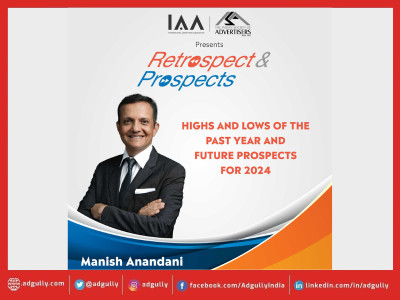
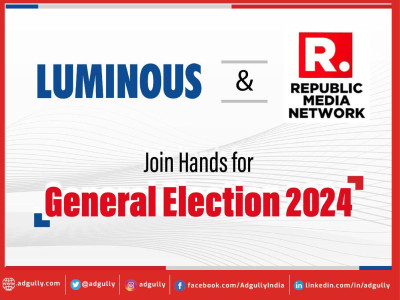
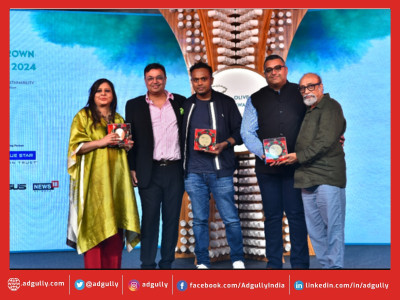
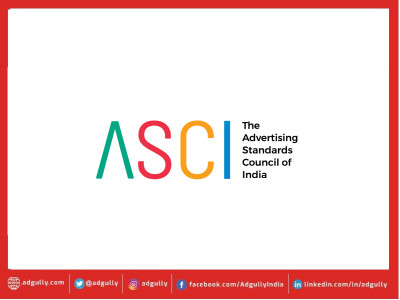
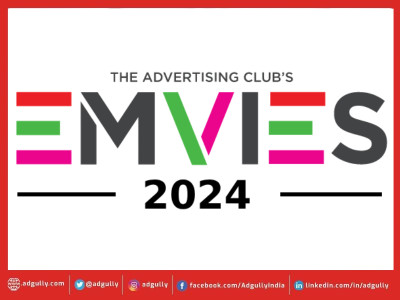



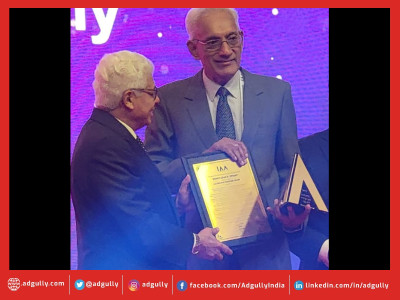
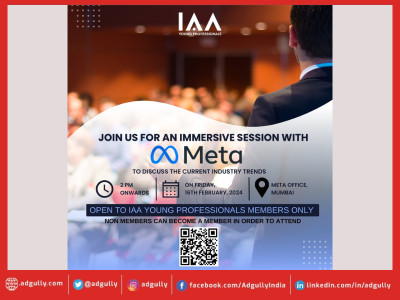
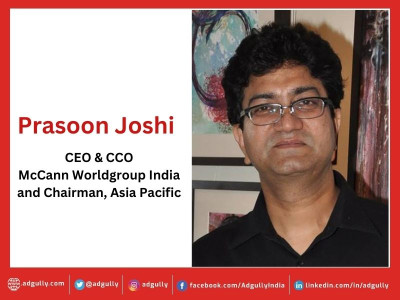
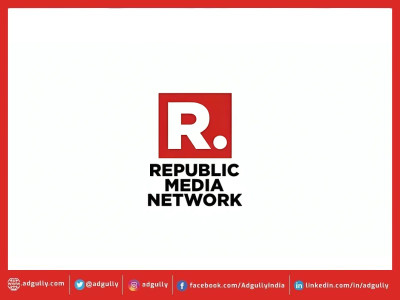

Share
Facebook
YouTube
Tweet
Twitter
LinkedIn